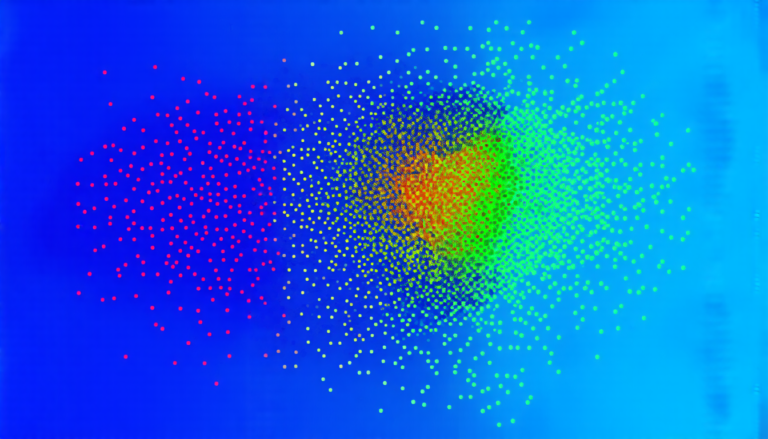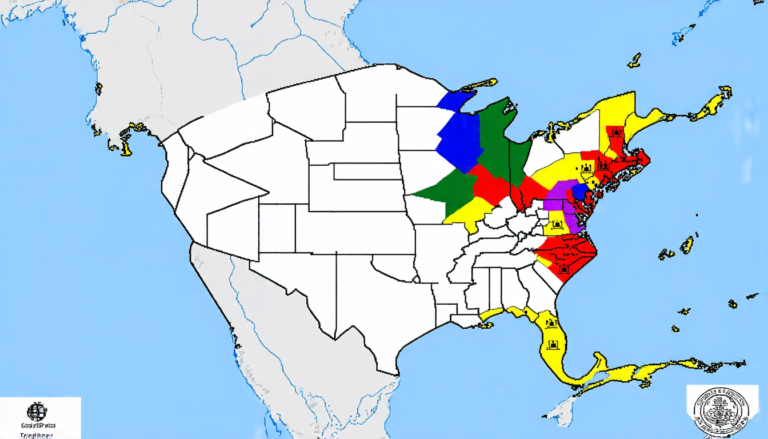Saturday 29 March 2025
The quest for personalized medicine has long been a holy grail of healthcare research. With the advent of precision medicine, scientists have made significant strides in identifying treatment regimens that cater to individual patients’ needs. A recent tutorial published in a prominent medical journal delves into the intricacies of optimal dynamic treatment regimes (ODTRs), offering valuable insights for researchers and clinicians alike.
In traditional medicine, treatments are often designed to be one-size-fits-all, with little consideration given to the unique characteristics of each patient. However, this approach can lead to suboptimal outcomes, as a treatment that works wonders for one person may have limited efficacy or even adverse effects on another. ODTRs, on the other hand, involve a dynamic sequence of treatment decisions tailored to an individual’s evolving status over time.
The tutorial provides a comprehensive overview of the methods used to estimate ODTRs, which can be broadly categorized into indirect and direct approaches. Indirect methods model the conditional distribution of outcomes based on patient characteristics, from which the optimal treatment rule is derived. Direct methods, by contrast, aim to maximize the expected potential final outcome over a specified class of candidate regimes.
One of the key challenges in estimating ODTRs lies in addressing non-regularity, a phenomenon where the limiting distribution of an estimator depends non-uniformly on the true value of the parameter. This issue can lead to difficulties in constructing valid confidence intervals and raises concerns about the reliability of the estimated treatment regimens.
The tutorial highlights the importance of choosing appropriate methods depending on the specific research question and study design. For instance, Q-learning and A-learning are popular indirect methods that have been widely used in the field. However, these approaches can be susceptible to model misspecification and over-fitting, which may compromise their effectiveness.
In contrast, direct methods such as causal tree and augmented inverse probability weighted estimators offer more flexibility and robustness against non-regularity. These techniques are particularly useful when dealing with high-dimensional data or complex relationships between variables.
The tutorial also emphasizes the need for careful consideration of biomarkers and intermediate outcomes in designing ODTRs. By incorporating relevant biomarkers into the treatment decision process, clinicians can better tailor their interventions to individual patients’ needs, leading to improved health outcomes.
Ultimately, the development of effective ODTRs requires a multidisciplinary approach that integrates insights from medicine, statistics, and computer science.
Cite this article: “Optimal Dynamic Treatment Regimes: A Tutorial on Methods and Considerations”, The Science Archive, 2025.
Personalized Medicine, Precision Medicine, Optimal Dynamic Treatment Regimes, Odtrs, One-Size-Fits-All, Patient Characteristics, Indirect Methods, Direct Methods, Non-Regularity, Biomarkers
Reference: Chunyu Wang, Brian DM Tom, “A tutorial on optimal dynamic treatment regimes” (2025).







